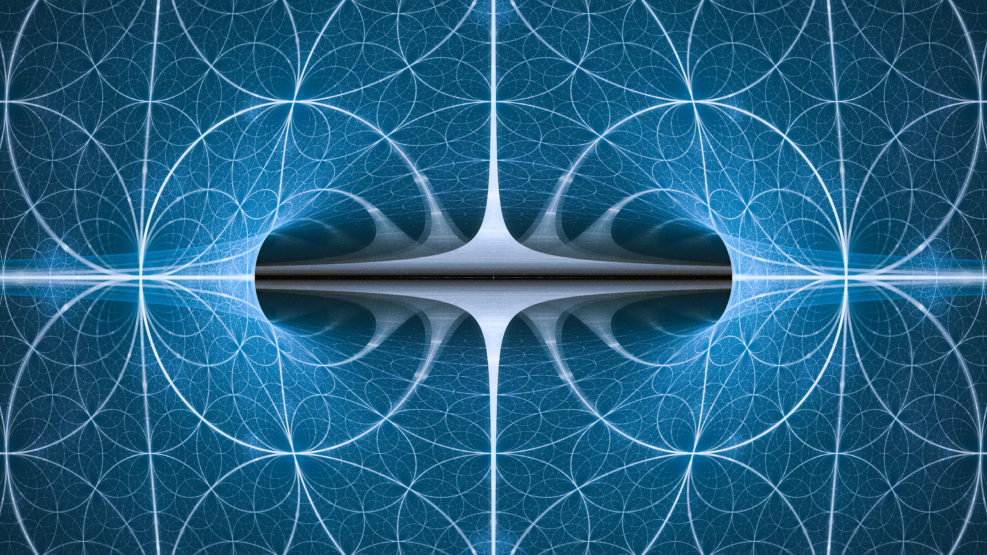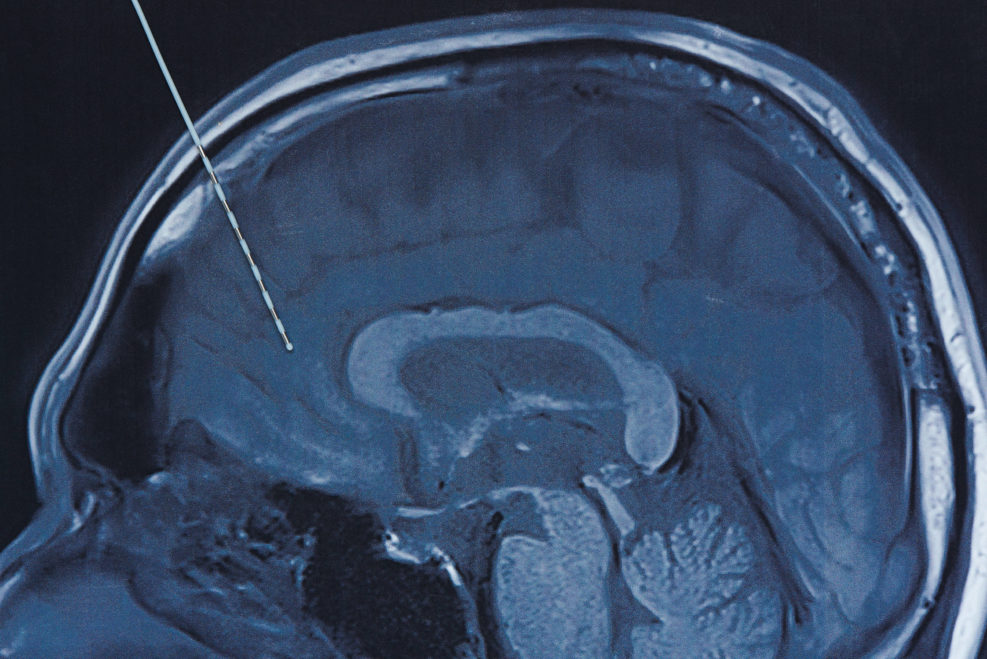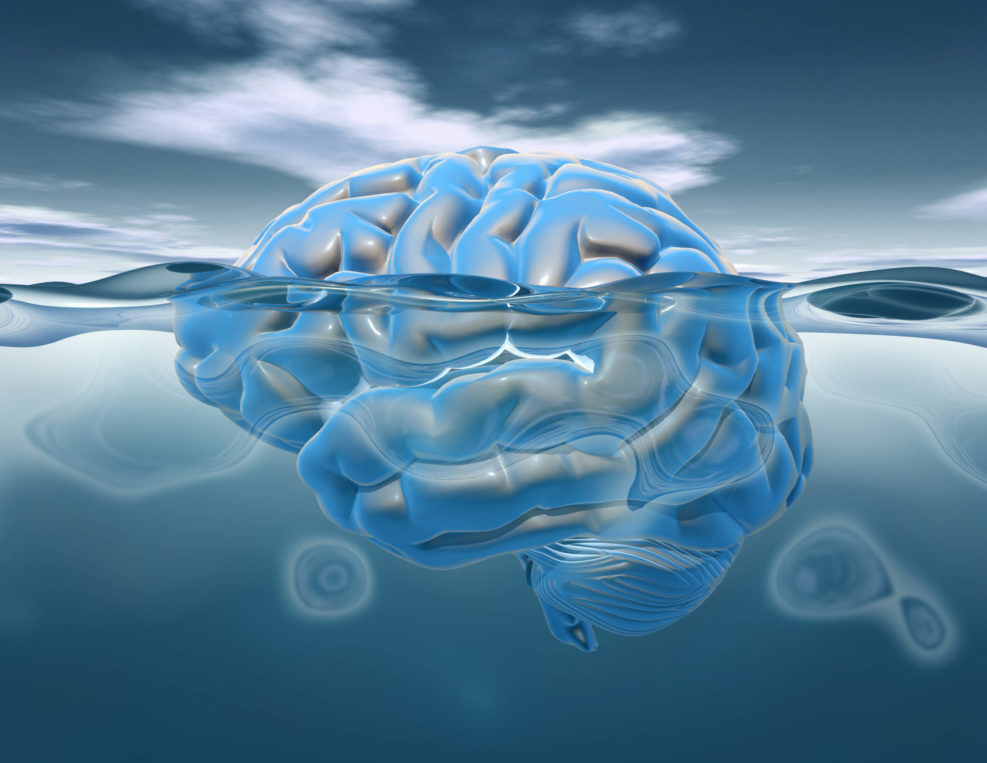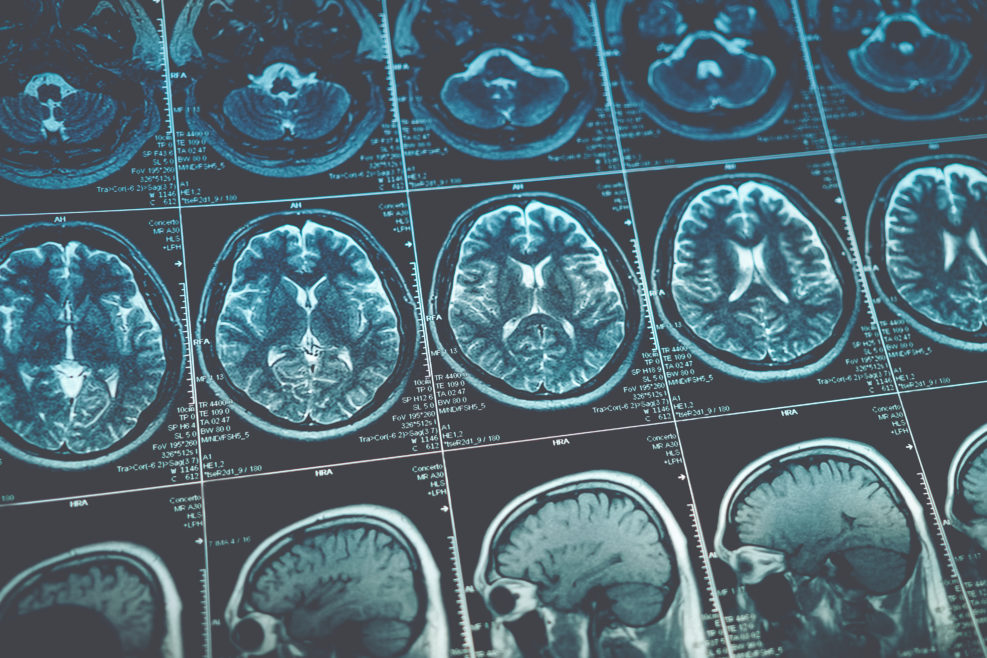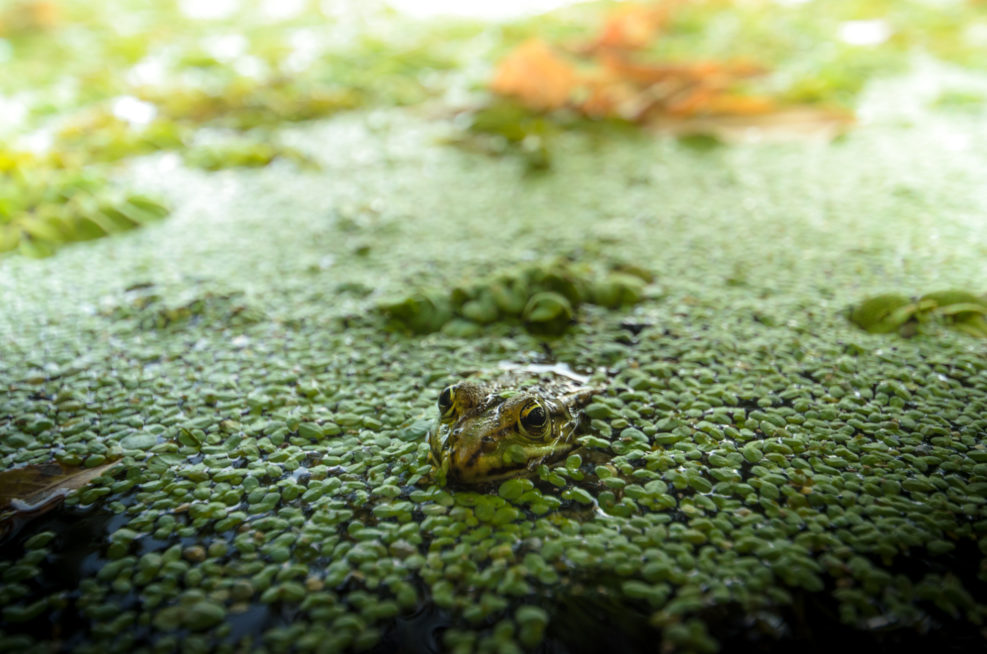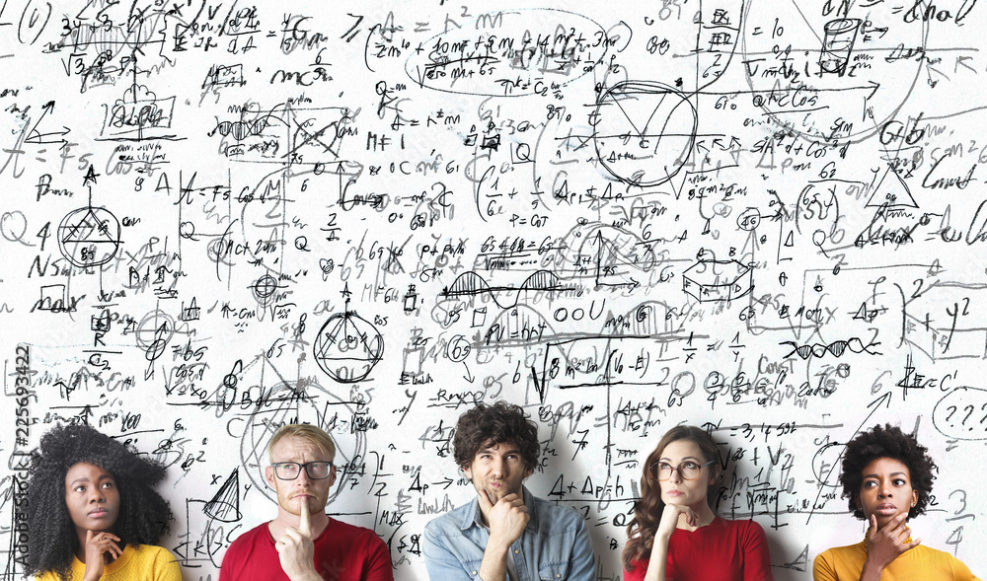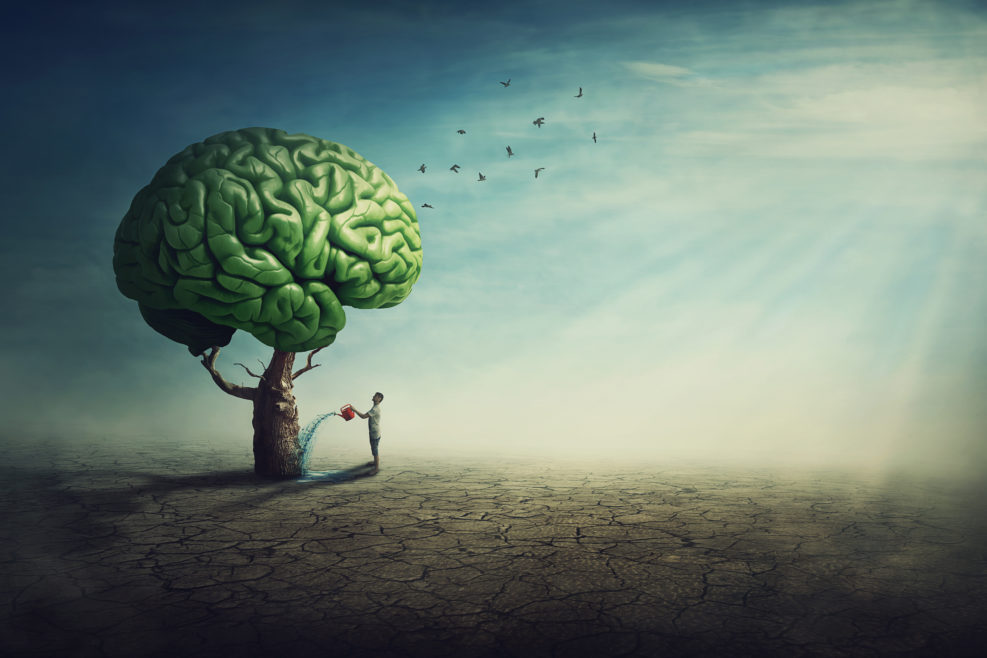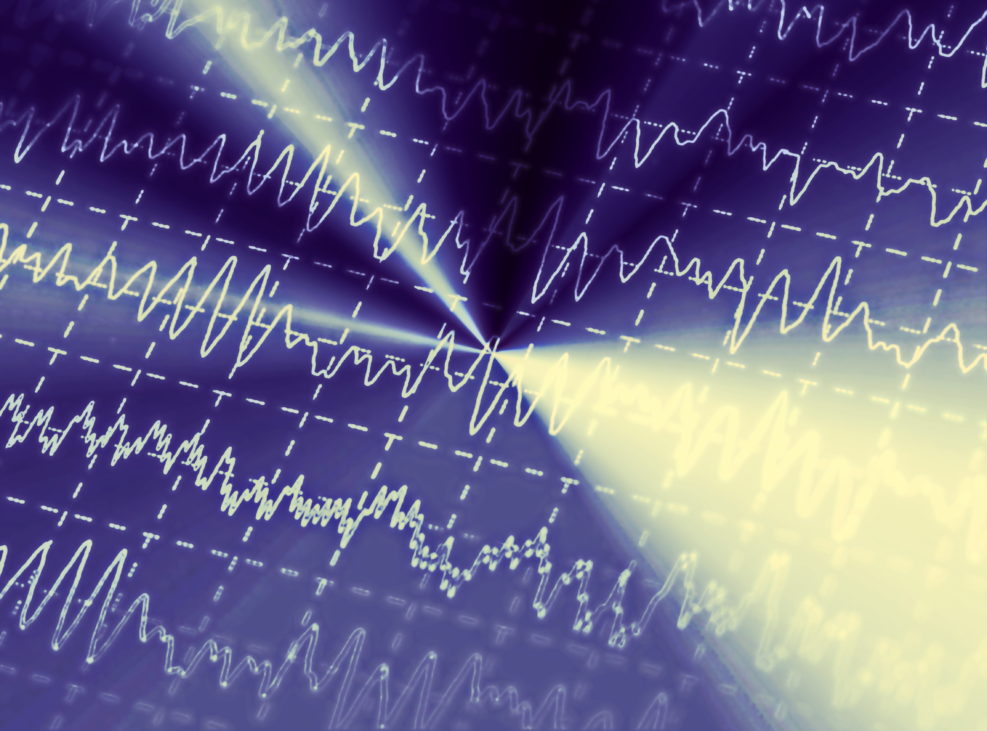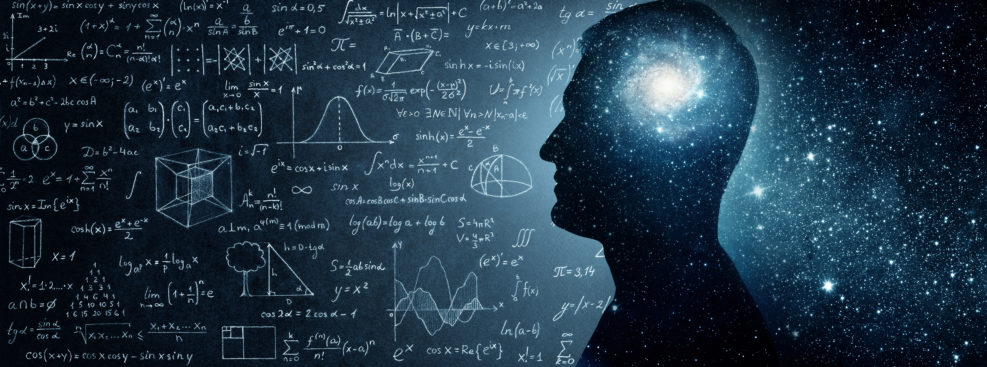
A Purpose Must Underlie the Universe If Intelligent Beings Exist
Theoretical physicist Marcelo Gleiser argues that intelligent life is extremely rare in the universeDartmouth College theoretical physicist Marcelo Gleiser offers to explain why intelligence is rare in the universe: We are the only humans in this universe. And if we consider what we have learned from the history of life on Earth, chances are that intelligent life is extremely rare. While intelligence is clearly an asset in the struggle for survival among species, it is not a purpose of evolution; evolution has no purpose. Until it becomes intelligent, life is happy just replicating. With intelligence, it will be unhappy just replicating. This, in a nutshell, is the essence of the human condition. Putting all this together, we propose that we are indeed chemically connected to the rest of the cosmos, and that we Read More ›
